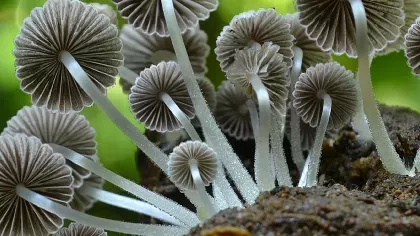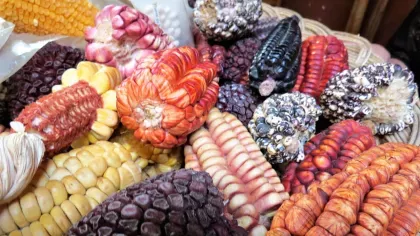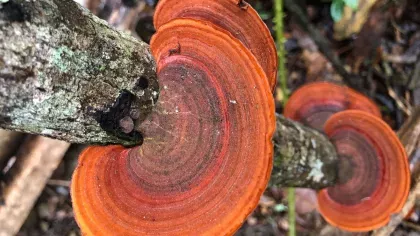25 August 2021
5 potential uses for fungi that you haven’t heard of
We explore five species of fungi in Colombia that have great potential for sustainable development.

Despite the huge importance that fungi play on Earth, we still have so much to uncover about these fascinating organisms. Many species are yet to be scientifically described and many incredible uses to be revealed.
In Colombia, one of the world's most biodiverse countries, the rich diversity of fungi remains largely unknown.
ColFungi.org (Colombian resources for fungi made accessible) is a new portal, launched this year, that aims to synthesise and unlock valuable information, while maximising the visibility of local resources.
In our latest report published at the same time as the portal launch, we estimate that the number of Colombian fungi could be around 300,000 species, representing almost 10% of the world's fungal diversity.
Here we highlight five Colombian species that could create more sustainable societies.
1. Sunscreen and makeup
Phellorinia herculeana (Pers.) Kreisel and Podaxis pistillaris (L.) Fr. are two species of mushrooms widely used as sunscreen and makeup in ritualistic ceremonies by the Wayuu indigenous people in Colombia.
These species of fungi are commonly found in open and dry habitats of Colombia and women from this indigenous group harvest their spores applying them to their skin as a protection against exposure to the high levels of ultraviolet radiation in these environments.
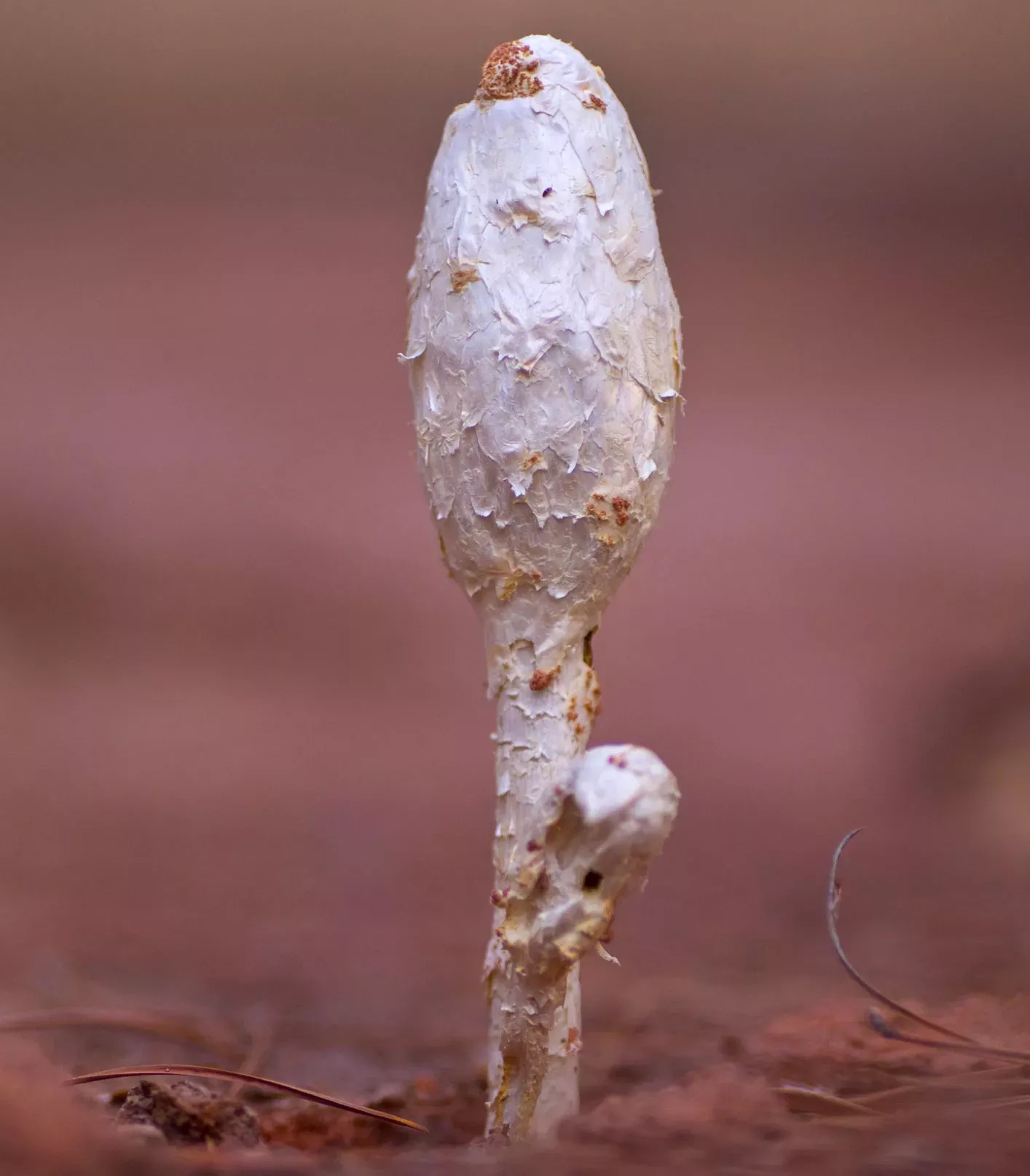
2. Fungi-based leather
There are at least 17 genera of fungi registered in patents (90% of them occurring in Colombia) describing the manufacturing of shoe leather by new industrial methods.
Big shoe companies, such as Adidas, are already investing in and patenting techniques using some fungi in an effort to create new sustainable products.
Fungi-based leather is vegan friendly, cruelty free, and could help reduce the global carbon footprint of traditional leather since it would reduce the need for livestock, a significant contributor to annual greenhouse gas emissions.
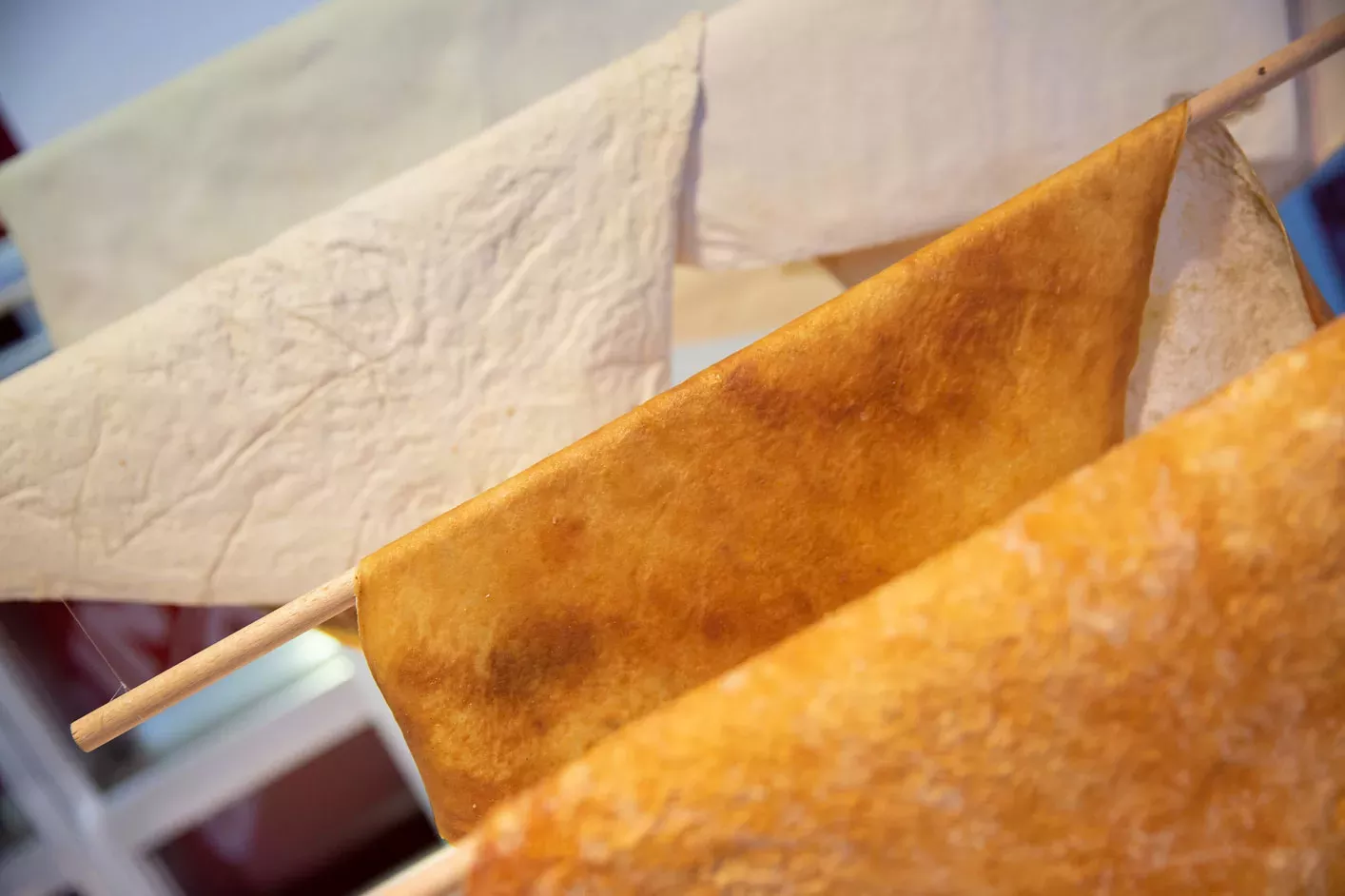
3. An alternative to fish
Fungi are a source of nutritious food and good meat substitute. For vegetarians and vegans looking for a seafood alternative.
Pleurotus ostreatus (oyster fungi) (Jacq.) P. Kumm. is hailed for its great flavour and texture.
It tastes like oysters and can be used in different recipes as a replacement for fish and shellfish flavours.
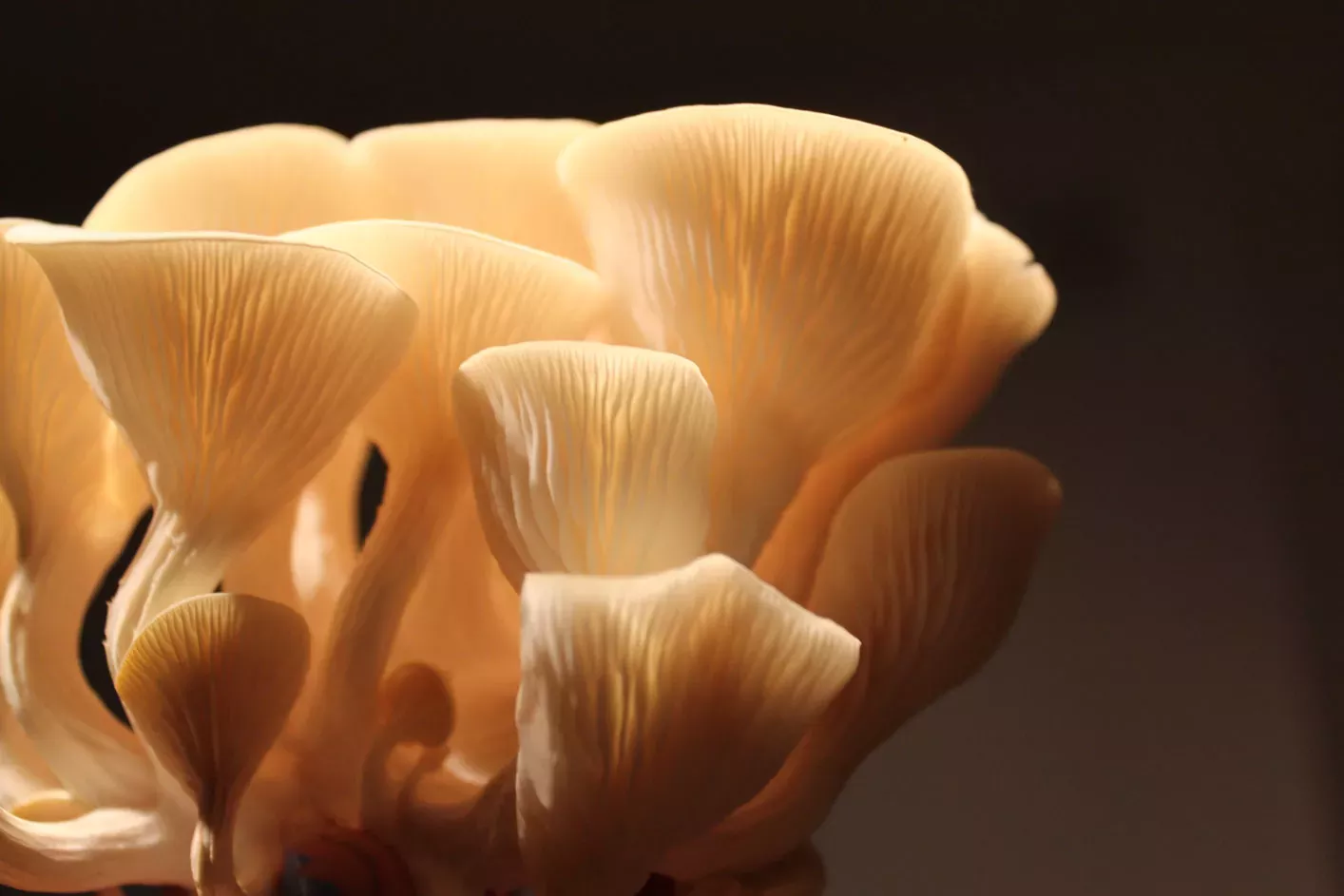
4. Biological control
Beauveria brongniartii (Sacc.) Petch is a species of pathogenic fungi currently used for the biological control of insects in crops.
However, this micro fungus shows great potential to be a powerful tool in mite control in urban centres of Colombia.
Big cities are known for their skyrocketing number of allergens, house-dust mites being one of the main causes of asthma.
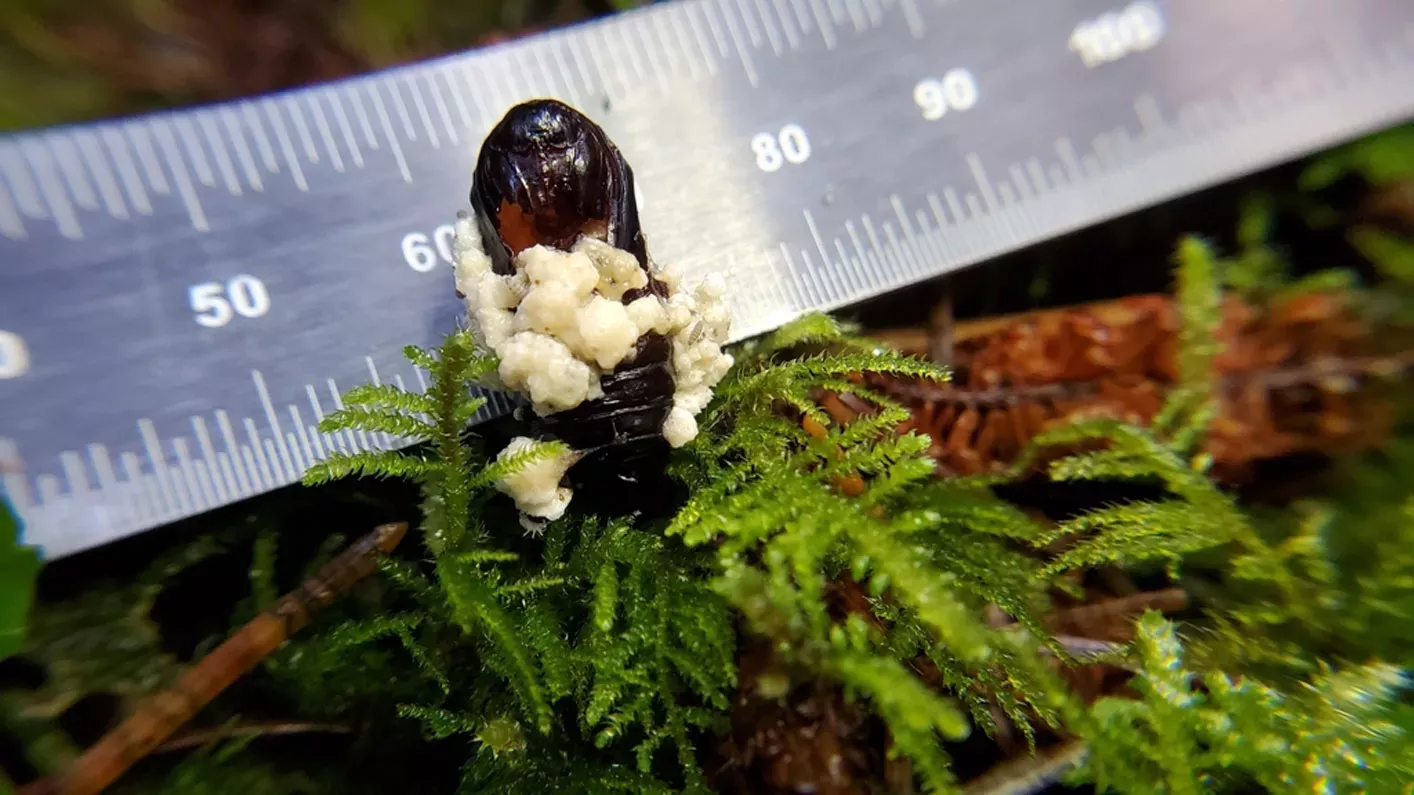
5. Bioindicator
Sticta peltigerella (Nyl.) Trevis. is a species of lichenized fungi. Lichens are a mutualistic association of a fungus with an algae or cyanobacteria.
S. peltigerella is commonly found growing over rocks in streams of Colombia.
What really makes this species so interesting is that it only grows in clean water, being a good bioindicator of healthy waterways.
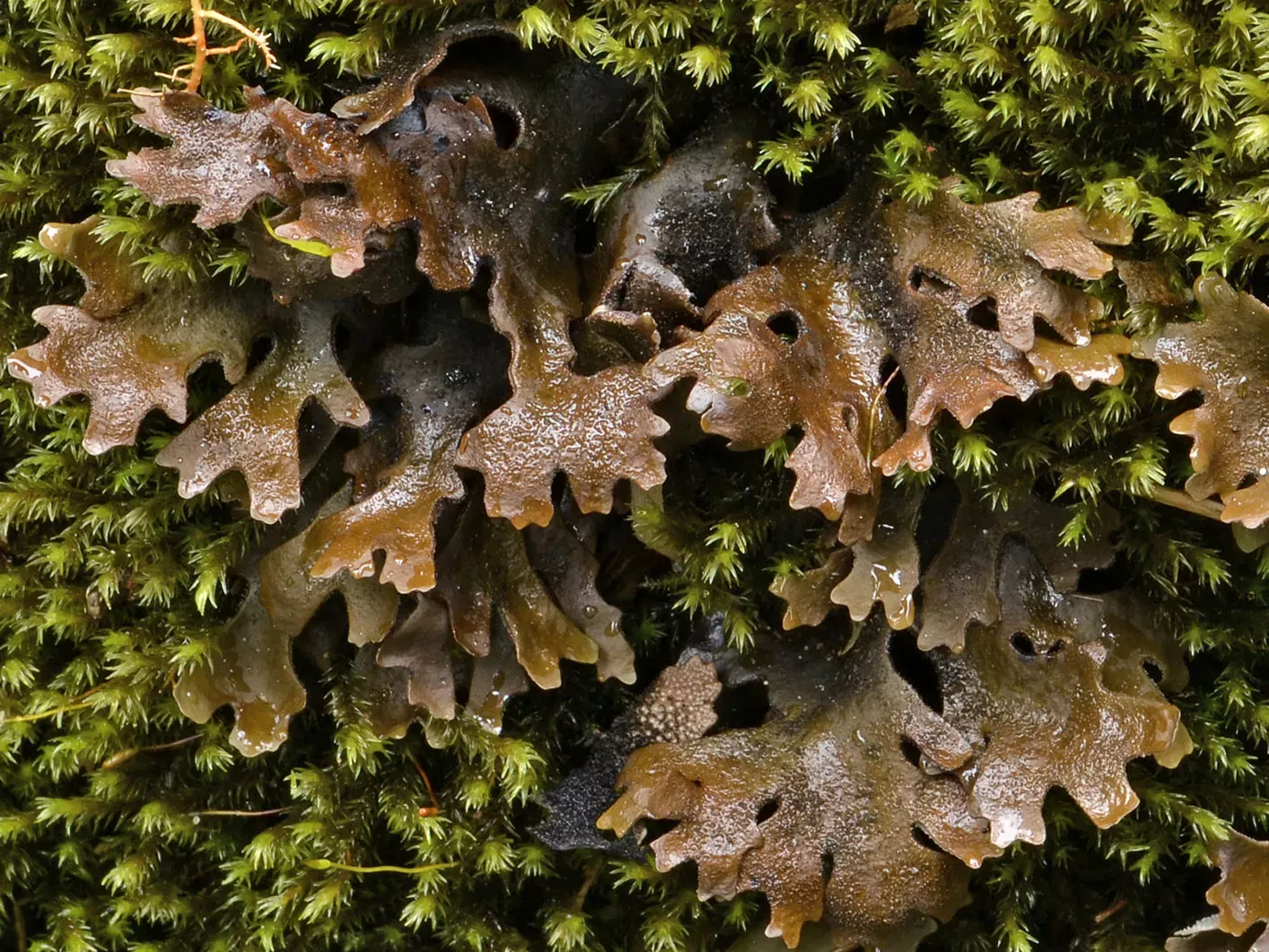
Discover Colombia's magical world of fungi
Access to information about fungi and their uses is essential for us to understand their diversity, conserve them, their habitats, and ecosystems, sustainably use them, and enjoy the benefits they provide to society.
ColFungi is part of the Useful Plants and Fungi of Colombia (UPFC) project delivered by the Kew, in partnership with the Alexander von Humboldt Biological Resources Research Institute in Bogotá Colombia and developed with the Colombian mycological community.
The UPFC project aims to enhance nature’s contribution to people in Colombia by:
- Increasing and consolidating knowledge on Colombia’s useful plants and fungi and making it accessible for the benefit of society.
- Promoting a market for useful native species and their high value natural products and encouraging the sustainable use of natural resources that protects the environment and enhances biodiversity.
Acknowledgements
The Useful Plants and Fungi of Colombia project is supported by a Professional Development & Engagement grant under the Newton-Caldas Fund partnership.
The grant is funded by the UK Department for Business, Energy, and Industrial Strategy (BEIS) and the Colombian Ministry of Science, Technology and Education (Minciencias), and delivered by the British Council.

